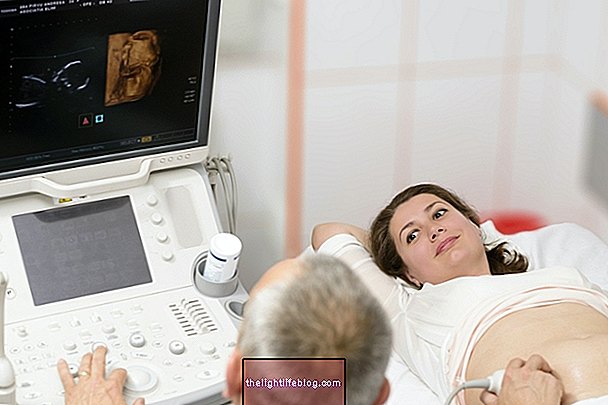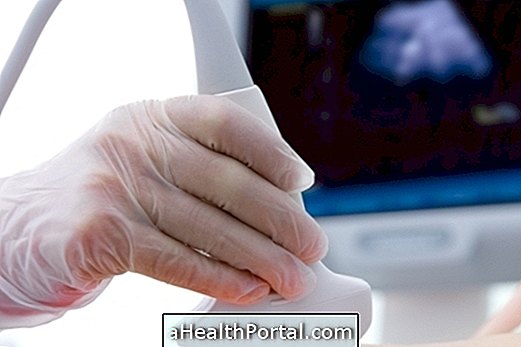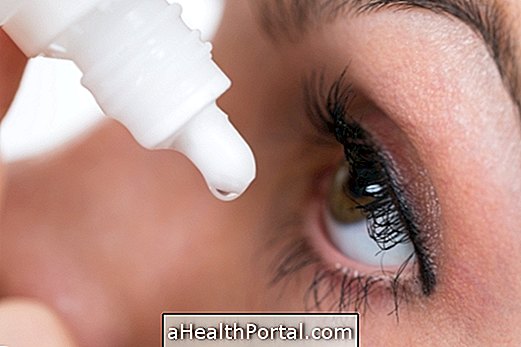3D or 4D ultrasound can be done during prenatal care weeks 26 and 29 and are used to see the baby's physical details and to assess the presence and severity of illnesses, not just to reduce the curiosity of the parents.
The 3D examination shows details of the baby's body, making it possible to see the face and genitals more clearly, while in the 4D exam, in addition to well defined features, it is also possible to visualize the movements of the fetus in the mother's belly.

3D and 4D ultrasound prices
These exams can cost around 200-300 reais, and are done in the same way as conventional ultrasound, without the need for any special preparation. However, recommending you just do not use moisturizing creams on the belly and ingesting plenty of fluids the day before the exam.
When to do 3D and 4D ultrasound
The best time to do 3D and 4D ultrasound is between 26 and 29 weeks of gestation when the baby is already grown and there is still plenty of amniotic fluid in the mother's belly.
Before this period, the fetus is still very small and with little fat under the skin, which makes it difficult to visualize its features, and after 30 weeks the baby is very big and takes up a lot of space, being difficult to see his face and his movements.
When the image does not look good
The 3D / 4D ultrasound image may not look good in cases where:
- The baby is facing the mother's back, preventing the doctor from identifying her face;
- The baby has limbs or umbilical cord in front of the face;
- There is little amniotic fluid, because the more liquid, the better the images;
- There is excess fat in the mother's belly, which makes it difficult to pass the waves that form the image on the ultrasound device.
It is important to remember that the examination begins with normal ultrasound, since 3D / 4D ultrasound is only done when good images are obtained in conventional examination.
Diseases identified by ultrasound
In general, 3D and 4D ultrasounds identify the same diseases as conventional ultrasound and therefore are not normally covered by health insurance. The main changes detected by ultrasound are:
- Lipo Leporino, which is a bad formation of the roof of the mouth;
- Defects in baby's spine;
- Malformations in the brain, such as hydrocephalus or anencephaly;
- Malformations in the limbs, kidneys, heart, lungs and intestine;
- Down's syndrome.
The advantage of the 3D or 4D exams is that they allow a better evaluation of the severity of the problem, and can be done after diagnosis in conventional ultrasound.
In addition, morphological ultrasound is used in most cases, which is part of prenatal tests that must be done to identify diseases and malformations in the baby. Learn more about this in When to Do Ultrasound in Pregnancy.


























